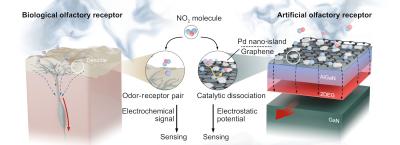Inovartic Investment launches Abu Dhabi University Graphene Center in partnership with SLINTEC
Inovartic Investment Lanka, a joint venture between Sri Lanka’s Apex Asia Holdings and UAE’s Inovartic Investment, has announced the launch of the Abu Dhabi University Graphene Center – an advanced facility dedicated to pioneering research in graphene technology.
This center was inaugurated at Abu Dhabi University to drive scientific progress and international collaborations in nanotechnology, aligning with the UAE’s “Make It in the UAE” initiative. This ambitious project brings together Inovartic Investment, Abu Dhabi University, and the Sri Lanka Institute of Nano Technology (SLINTEC) to explore graphene applications across sectors, including electronics, medical devices, EV batteries, water treatment, agriculture, materials science, and energy.




